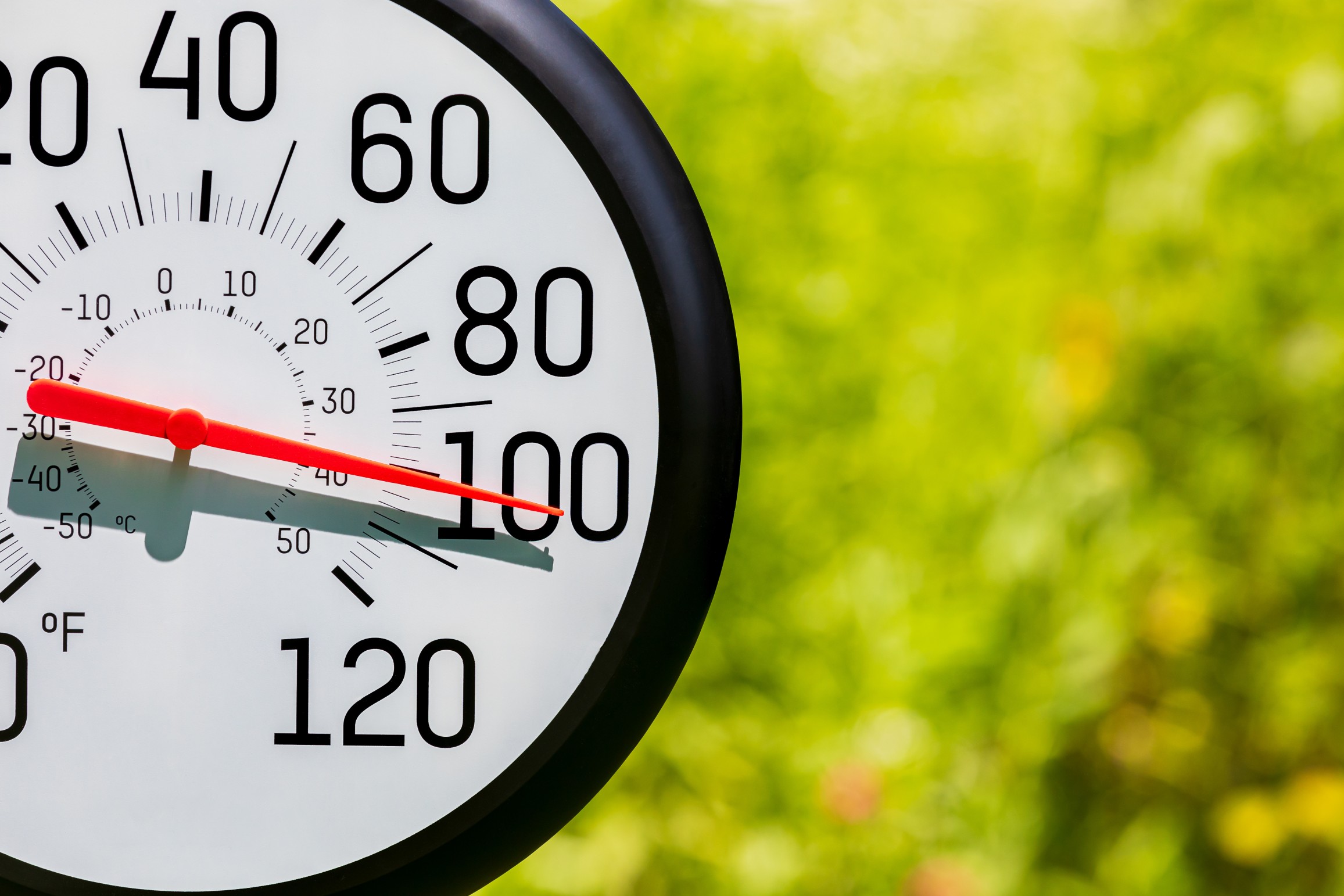
Heavy Rain, Flooding, and Chance of Severe Weather Staring Down the Southern U.S.
January 22, 2024
Posted: September 18, 2022 9:28 am





If it felt extra hot to you this summer in the U.S., you certainly were not imagining things. According to a recent report by the National Oceanic and Atmospheric Administration (NOAA), the summer of 2022 ranked as the third-warmest summer throughout the contiguous U.S. in recorded history.
The reported measured data across the meteorological summer, ranging from June 1 through August 31. The data indicated an average temperature during that time period of 73.9 degrees. This number equals a reading of 2.5 degrees above average.
The year 2022 finishes in third place behind the Dust Bowl summer of 1936 and the scorcher that was 2021. Both of these years finished with an average temperature of 74 degrees, 2.6 degrees above average.
In addition to the overall warming trend for the nation as a whole, there were 15 cities that recorded their hottest average temperature on record over this three-month period. The cities that broke their average record included Salt Lake City and San Antonio.
The town that measured the highest temperature departure from average was Orovada, Nevada, soaring to 4.5 degrees above normal.
August was particularly warm with the month notching eighth place for this period since records were first kept 128 years ago. The average temperature for the Lower 48 in August was 74.6 degrees, a measurement of 2.5 degrees above normal. There were a whopping eight states that recorded their warmest August on the books. These states were Connecticut, Idaho, Massachusetts, New Hampshire, New Jersey, Oregon, Rhode Island, and Washington.
California just barely missed out on being distinguished on that list, recording an average temperature reading of 78.3 degrees. This average made 2022 the second-warmest August on record, barely losing out to the year 2020 for that distinction.
High temperatures were not the only weather records falling. The U.S. also recorded a series of record-breaking flooding events throughout the summer. At least 37 people died in eastern Kentucky after what was described as a “1,000-year rainfall” slammed the region.
Jackson, Mississippi was under a flash flood emergency in late August that contributed to a severe water crisis after the rising floodwaters breached the capital city’s primary water treatment plant. NOAA data indicates that the state of Mississippi saw its wettest August in recorded history.
St. Louis and Nashville also experienced extreme flooding over the summer. On average, the Lower 48 averaged 3.04 inches of rain for the meteorological summer. This is nearly half of an inch above average.
Conversely, some areas also saw worsening drought conditions. Fourteen rainfall stations either recorded or tied the amounts for the driest summers on record.
The drought was particularly bad in the Southwest, triggering a water crisis as lakes and reservoirs fell below record levels. For instance, the water levels in Lake Mead plummeted to historic levels thanks to the dry conditions and extreme heat.
Unfortunately, the drought is still not over throughout the Southwest. According to the U.S. Drought Monitor, California, Nevada, Utah, and New Mexico are all under severe to extreme drought designations.
Officials in Southern California were forced to take drastic measures at the end of August, limiting water usage to about 6 million residents.
Did you find this content useful? Feel free to bookmark or to post to your timeline for reference later.

January 21, 2024

January 19, 2024

January 18, 2024